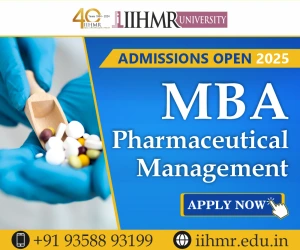THE KNOWLEDGE, AWARENESS, ATTITUDE AND RESPONSE ABOUT RATIONAL DRUG THERAPY ON COMMON PEOPLE
{ DOWNLOAD AS PDF }
ABOUT AUTHORS
SUMAN A*,QADRIE ZL, SAI TEJA, ALTAF M, NAGAVAMSIDHAR M, SRIKANTH J
Department of Pharmacy Practice,
Pratishta Institute of Pharmaceutical Sciences,
Suryapet, Telangana, India
ABSTRACT
The definition Rational drug therapy is the use of drugs, which are efficient, safe, low-cost and easy to administer. It requires that health practitioners have adequate medical knowledge and appropriate skill for correct diagnosis and treatment. Rational drug therapy one of the major part in treatment to give accurate treatment to patient. It is very important for underdeveloped and developing countries, not only these both it is important factor too developed countries. The rational drug therapy should be followed in each and every treatment it gives efficacy and effective treatment to patients and common people. The common people sometimes fallow over counter drugs (OTC) it is an unrationalised way not only OTC but also doctor prescribed treatment. Rational drug therapy shows main impact on treatment duration of patient and healthy life common people. The study was mainly done on common people to know about rational drug therapy procedure, how much knowledge about rational way of treatment and drugs intake. This pattern of study is about how much they skipped doses and treatment taken on which references. The patient and people how they misuse the drugs for their treatment.










